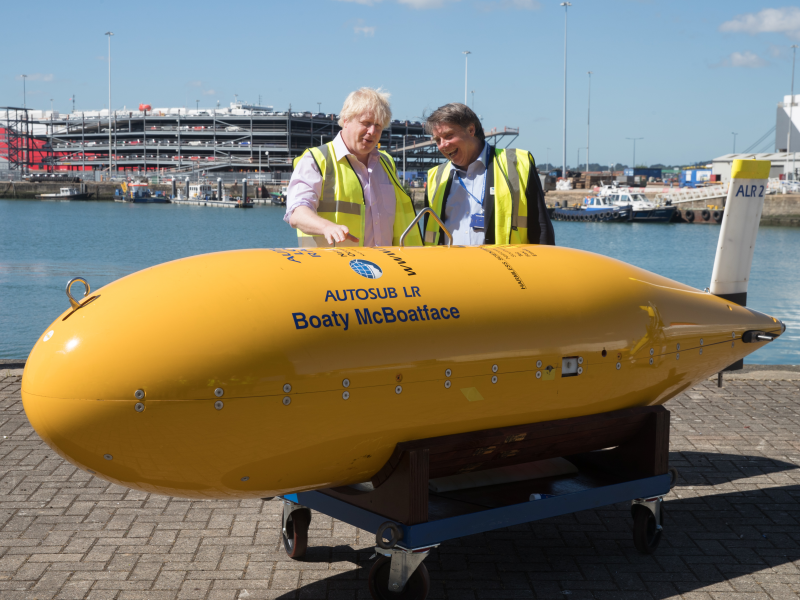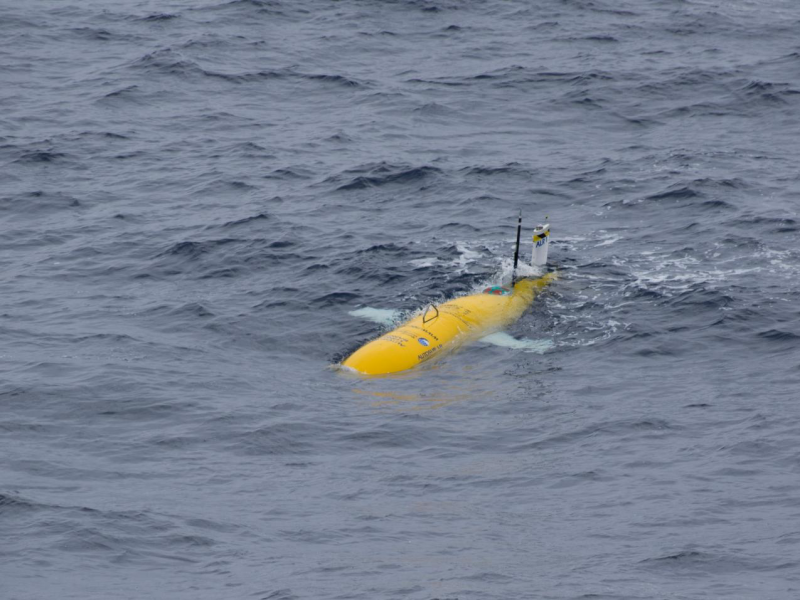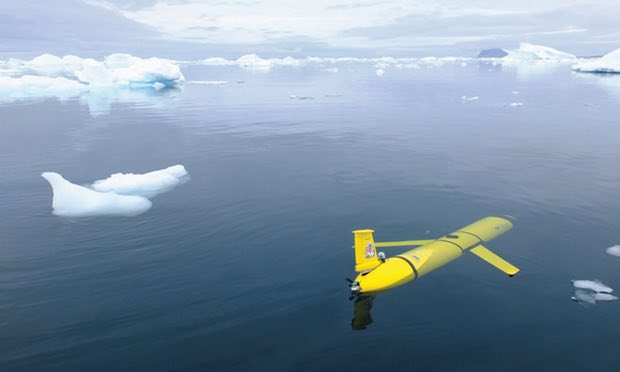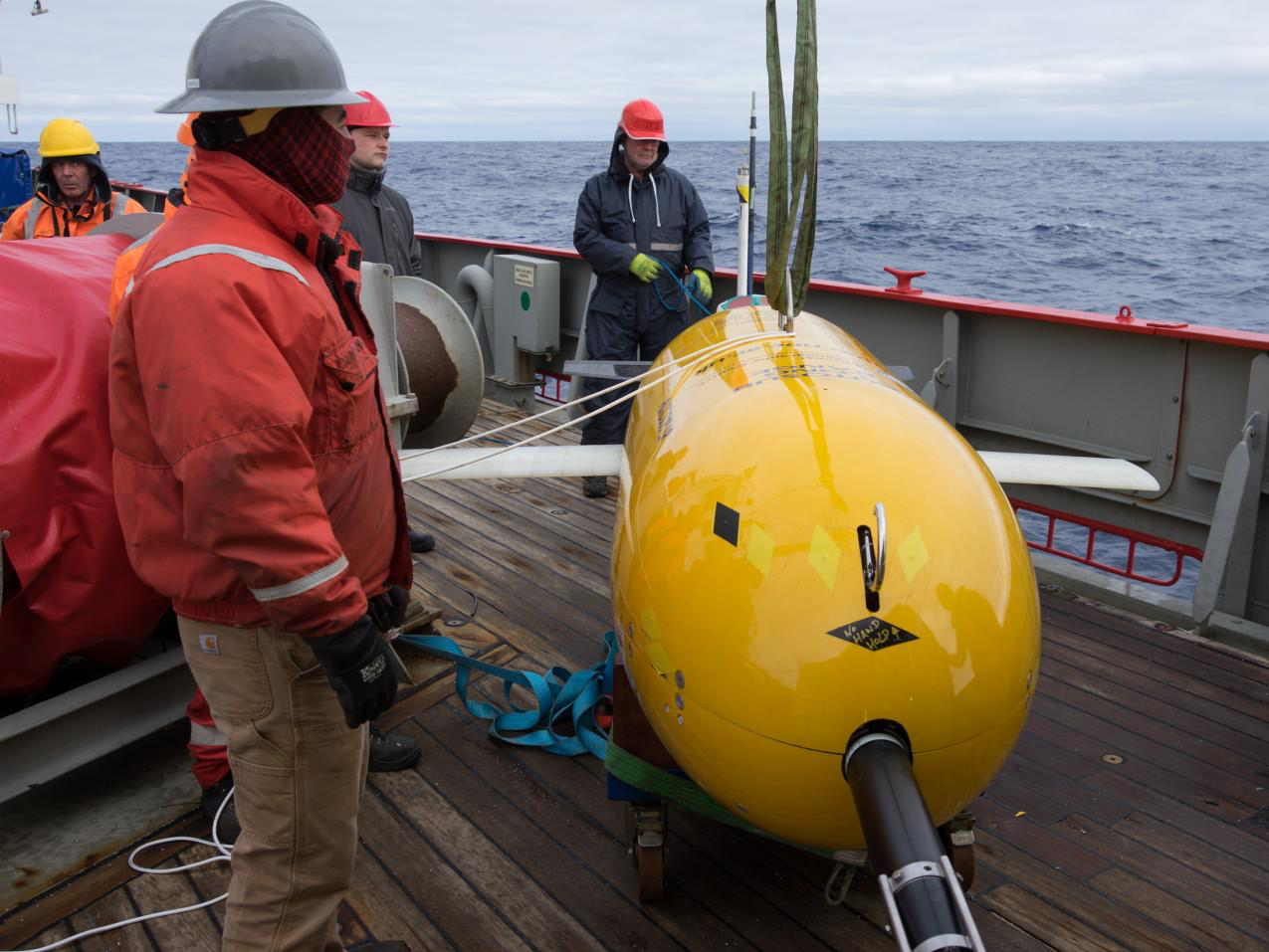- Boaty McBoatface, an unmanned submarine made famous by its internet-approved name, made a critical discovery during its maiden voyage in the Antarctic.
- Data that Boaty gathered reveals that strengthening Antarctic winds are contributing to warmer seas, which in turn contribute to sea-level rise.
- According to the authors of a new study based on this information, a hole in the ozone layer above Antarctica and greenhouse-gas emissions contributed to these stronger winds.
- Visit Business Insider’s homepage for more stories.
In 2016, the UK’s Natural Environment Research Council called on the public to help select a moniker for a $300 million research vessel. The result: overwhelming support for the name “Boaty McBoatface.”
The UK’s science minister wasn’t thrilled with the choice, so the ship was named after historian and environmental activist David Attenborough instead. But the council gave the vote a nod by assigning the name to an unmanned, yellow submarine onboard the larger vessel.
Now, the results of Boaty’s maiden voyage are in.
A new study published in the journal Proceedings of the National Academy of Sciences analyzed data Boaty gathered during a three-day, 111-mile journey in April 2017. The researchers found that strengthening winds blowing over the southeast of the Falkland Islands are contributing to stronger currents, which in turn leads to higher water temperatures.
Water expands when it warms (like most things), which means these winds are contributing to sea-level rise.
In other words, Boaty McBoatface is now teaching us about the complex consequences of climate change.

Strong winds are causing Antarctic waters to warm
Researchers deployed Boaty McBoatface into an abyss in Antarctica's Southern Ocean called the Orkney Passage two years ago. It traveled 2.5 miles (4,000 meters) below the surface, under snow and ice, through underwater valleys off the coast.
The vessel recorded the water's temperature, salinity, and turbulence, and transmitted that data back to researchers.
The data showed that there was more overall turbulence from a strong ocean current than researchers previously thought, and that this current acts like a mixing paddle, churning together water of varying temperatures. The turbulence causes warm water from closer to the surface to mix with colder, denser water from below, which causes the water near the ocean floor to warm, the study authors found.
That ultimately factors into rising sea levels, since warmer water takes up more space.

The source of these strengthening winds - and consequently the stronger currents - is human activity.
"In recent decades, winds blowing over the Southern Ocean have been getting stronger due to the hole in the ozone layer above Antarctica and increasing greenhouse gases," the researchers said in a press release.
According to a 2014 study, the widening ozone hole above the South Pole means that less ultraviolet radiation from the sun's rays gets absorbed. That cools the stratosphere over Antarctica in the spring and summer, which causes stronger winds in the area, according to the Conversation.
The discovery could inform future models of sea-level rise
The chain reaction that Boaty's first voyage revealed was not included in previous models predicting future sea-level rise around the world.
The United Nations Intergovernmental Panel on Climate Change predicted in 2013 that sea levels would rise by up to 38.5 inches - just over 3 feet (or 97 centimeters) - by 2100 if carbon emissions continue to rise unabated. A recent study reported that in a worst-case scenario, sea levels worldwide could go up by more than 6.5 feet. In that situation, up to 2.5% of the world's current population (roughly 187 million people) would become refugees.

Warming waters aren't the only contributor to rising oceans, though. The Greenland and Antarctic ice sheets are melting at unprecedented rates: Greenland's ice is melting six times faster than it was four decades ago, and Antarctica lost an average of 252 billion tons of ice per year over the last decade, compared to 40 billion tons annually in the 1980s.
"Our study is an important step in understanding how the climate change happening in the remote and inhospitable Antarctic waters will impact the warming of the oceans as a whole and future sea-level rise," Alberto Naveira Garabato, an oceanographer and lead author of the new study, said in a press release.

